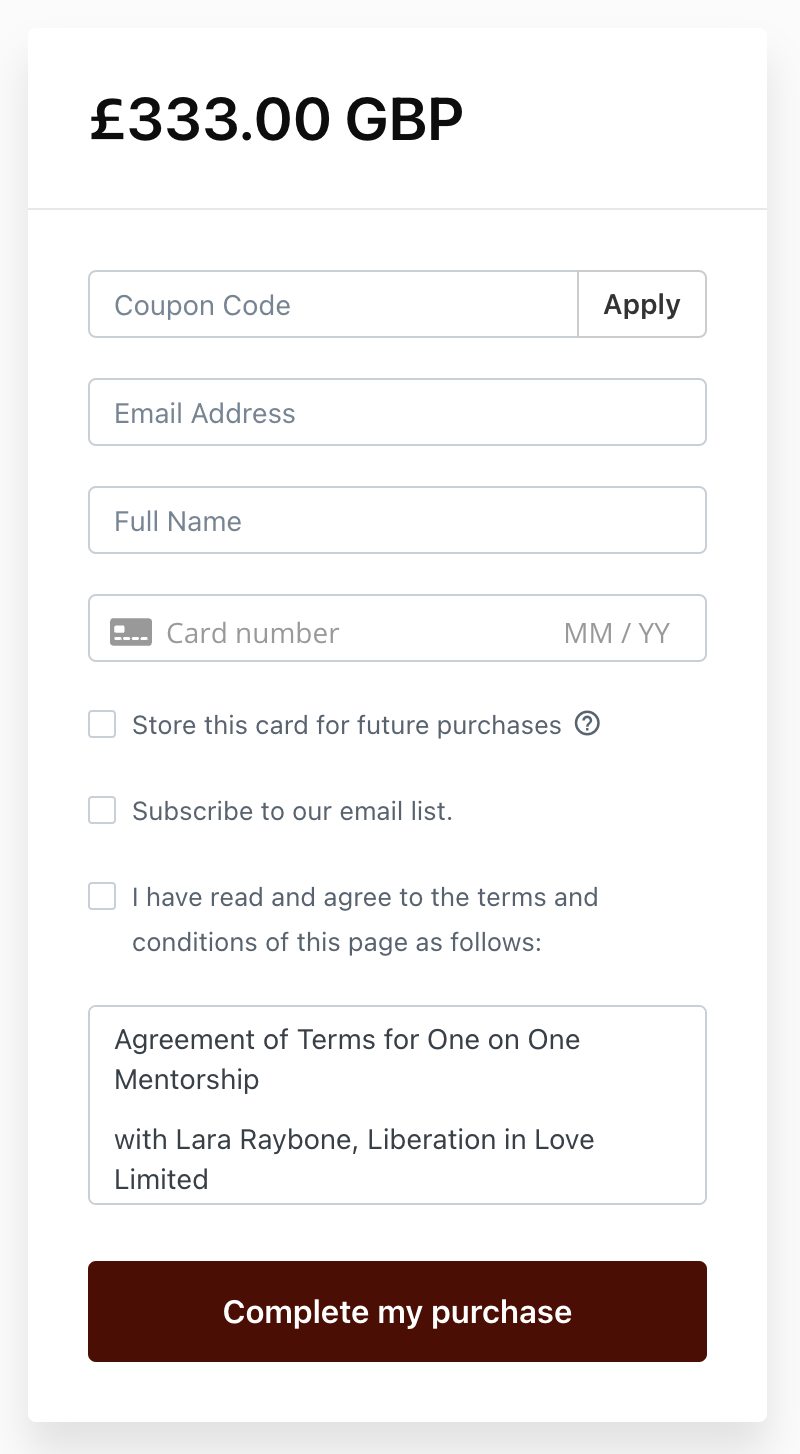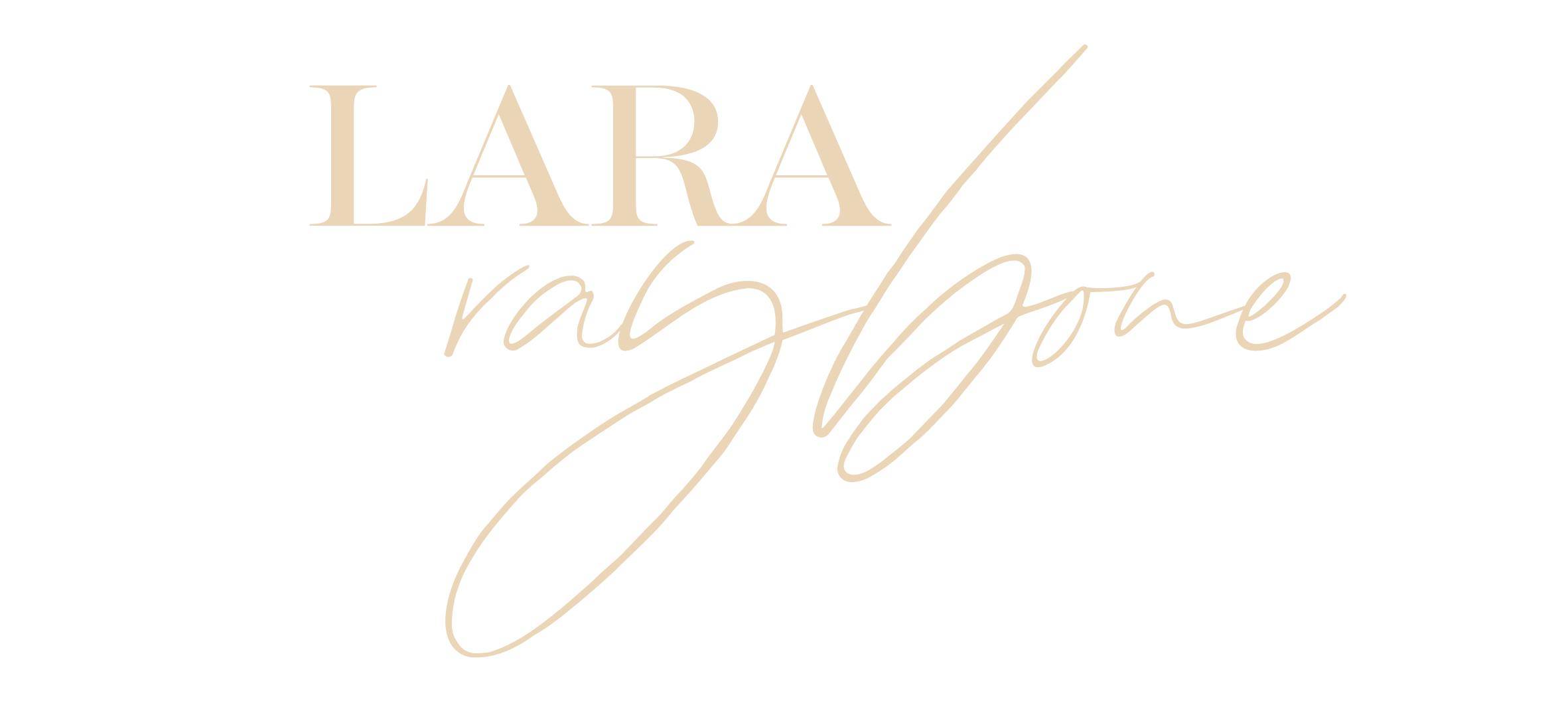In a world buzzing with distractions, learning to be fully present can seem like a daunting task. Yet, the ability to focus on the here and now not only enhances our personal experiences but also improves our overall well-being. Being present means truly engaging with the moment, whether you’re in a conversation, enjoying a meal, or simply sitting in silence. In this guide, we will delve into practical steps that can help you cultivate this valuable skill in your everyday life. By embracing these strategies, you can begin to master the art of being fully present and enrich your daily interactions.
Understanding Presence
The Importance of Being Present
Being present is crucial for living a fulfilled life. When we are truly engaged in the moment, we connect more deeply with ourselves and those around us. This connection fosters stronger relationships, as we listen more attentively and respond more thoughtfully. In addition, being present allows us to savor experiences, leading to greater satisfaction and happiness. It also aids in reducing stress, as we focus less on past regrets or future worries. By being aware of our surroundings and feelings, we can make more intentional choices in our actions and reactions. This heightened awareness can lead to personal growth and a greater appreciation for life’s simple pleasures. Embracing presence doesn’t require extraordinary effort, but rather a shift in mindset to prioritize the current moment. By understanding its importance, we can start to transform our daily lives into more meaningful experiences.
Common Barriers to Presence
Many factors can hinder our ability to be present. One of the most common barriers is technology. Constant notifications from phones and computers pull our attention away from the moment, making it challenging to focus. Another barrier is multitasking. When we try to juggle multiple tasks simultaneously, our attention becomes divided, preventing us from fully engaging with any single activity. Stress and anxiety also play significant roles in distracting us. When our minds are preoccupied with worries or future concerns, it becomes difficult to appreciate the present. Furthermore, societal pressures to always be productive can make us feel guilty for taking time to pause and be mindful. Recognizing these barriers is the first step in overcoming them. By identifying what specifically distracts us, we can develop strategies to minimize these interruptions, thereby enhancing our ability to remain present in our daily lives.
This 7 week programme is an embodied exploration, of the facets of the feminine, through the lens of sexuality. Click the image below to book your place.

Techniques for Everyday Mindfulness
Simple Breathing Exercises
Breathing exercises are an effective way to cultivate mindfulness and presence. One simple technique is deep breathing. Begin by inhaling slowly through your nose, allowing your chest and abdomen to expand fully. Hold the breath for a moment, then exhale slowly through your mouth. This exercise helps to calm the mind and reduce stress. Another method is the 4-7-8 technique. Inhale through your nose for four counts, hold the breath for seven counts, and exhale through your mouth for eight counts. This exercise can be particularly helpful for relaxation and focusing your thoughts. Box breathing is another approach, involving inhaling for four counts, holding for four, exhaling for four, and pausing for four. These exercises can be practiced anywhere and at any time, making them accessible tools for enhancing mindfulness. By incorporating them into your routine, you can improve your ability to stay present and centered throughout the day.
Mindful Listening Practices
Mindful listening is a vital practice for enhancing presence in conversations. It begins with setting the intention to fully focus on the speaker without interrupting or planning your response while they are talking. One effective technique is to maintain eye contact, as this helps to keep your attention anchored. Additionally, pay attention to the speaker’s body language and tone of voice, which provide valuable context beyond their words. Reflecting back what you hear can also be beneficial. This involves summarizing or paraphrasing the speaker’s points to ensure understanding and demonstrate engagement. Another approach is to pause before responding, allowing the speaker’s words to fully resonate with you. Practice empathy by putting yourself in the speaker’s shoes and considering their perspective. By incorporating these mindful listening practices into your interactions, you can foster deeper connections and improve communication, making each conversation more meaningful and engaging.
Integrating Presence into Daily Routines
Mindfulness in Daily Tasks
Integrating mindfulness into daily tasks can transform mundane activities into opportunities for presence and reflection. Start by focusing on one task at a time, giving it your full attention. Whether you are washing dishes or taking a walk, concentrate on the sensory experiences involved—the feel of water on your hands or the sound of leaves underfoot. This focus helps anchor you in the present moment. Try to minimize distractions by putting away your phone or turning off background noise, allowing you to be fully engaged with the task at hand. Additionally, practice gratitude by appreciating each task’s role in your life, no matter how small it may seem. This shift in perspective can enhance your sense of fulfillment and satisfaction. By incorporating mindfulness into everyday activities, you can elevate routine tasks into meaningful experiences that enrich your day and foster a greater sense of presence in your life.
Setting Intentions for Presence
Setting intentions is a powerful way to foster presence in your daily routine. Begin each day by dedicating a moment to identify how you want to engage with the world. This could be as simple as deciding to be more patient, attentive, or grateful. Writing down these intentions can reinforce your commitment and serve as a reminder throughout the day. Additionally, revisit your intentions during breaks or transitions between tasks to maintain focus. Setting expectations for yourself helps you stay aligned with your goals and encourages mindful behavior. At the end of the day, reflect on how well you adhered to your intentions and consider any adjustments needed for tomorrow. This reflection fosters accountability and growth. By consciously choosing how you wish to approach each day, you can create a life that is more deliberate, satisfying, and present. Integrating intention-setting into your routine empowers you to live with purpose and mindfulness.
